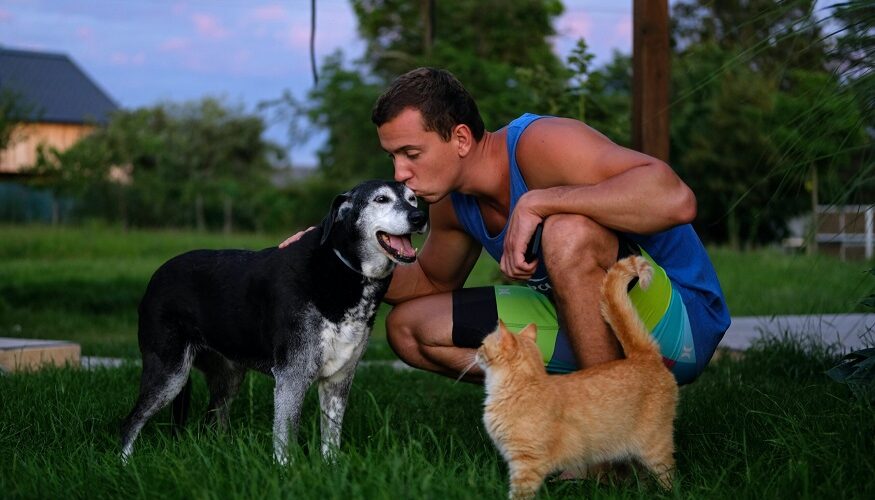1,665 Views
Introduction
According to Matt Davies Harmony Communities, dogs often mimic their owners. However, it becomes a problem when the national problem of obesity reflects on American pets as well. 50 percent of dogs in the country between the age of 5 to 11 years old weigh higher than normal. Let’s check out how you can figure out the daily calorie intake of dogs.
The Details
- Calorie intake depends on several factors – Humans have an average figure of around 2000 calories for their daily intake. That’s because humans have far less genetic diversity than most animals on the planet. On the other hand, genetic diversity is immense even within the same breed of dogs. That leads to vastly different metabolism, activity level, size, weight, lifespan, and more such factors that need to be accounted for determining the number of calories required by your pooch.
Even if you’re comparing dogs of the same litter, a variation in metabolism may change the calorie intake by as much as 20 percent. That’s why any number you calculate needs to be taken with a grain of salt. Treat it as a rough estimate and a starting point for the new diet. Feed your dog the number of calories you calculated, monitor the changes in weight, and overall well-being, and adjust accordingly.
- Calculating daily calorie intake for dogs – Veterinarians use a set of standard steps for calculating a dog’s calorie requirement. Let’s check out the steps:
- Weigh your dog and divide its body weight by 2.2 to convert the figure from pounds to kilograms.
- Next, you need to calculate the resting energy requirement (RER) by raising the body weight of your dog to the power of 0.75 and multiplying that figure by 70.
- Now, you can calculate the maintenance energy requirement (MER) by multiplying RER with the applicable multipliers. That’s the number of calories your pooch needs.
- Multipliers – There are several other multipliers that may be applicable to the calculation. They include:
- typical neutered pet (1.6).
- typical intact pet (1.8).
- weight gain (1.7).
- weight loss (1).
- heavy work (6).
- moderate work (3).
- light work (2).
- age of more than four months (2).
- age fewer than four months (3).
- Final figure – Finally, you need to apply the appropriate multipliers to MER to figure out the daily calorie intake for your dog. So, if your pooch is neutered, weighs around 55 pounds, and is at his or her ideal weight, here’s what the calculation looks like:
- 55 pounds / 2.2 = 25 kg.
- RER = 70 x 25 ^ 0.75 = 783 kcal/day.
- MER = 1.6 x 783 = 1253 kcal/day.
However, that’s still an estimate with large swings on either side. In this case, that figure indicates that the dog may need anywhere from 1050 to 1450 kcal/day.
Conclusion
Matt Davies Harmony Communities suggests that you use the tips mentioned above to examine the calorie intake of your dog and consult your vet on the same. Treat that figure as a rough estimation and as long as you’re feeding your pet the right food recommended by your vet and holding back on treats, obesity shouldn’t be a problem.
